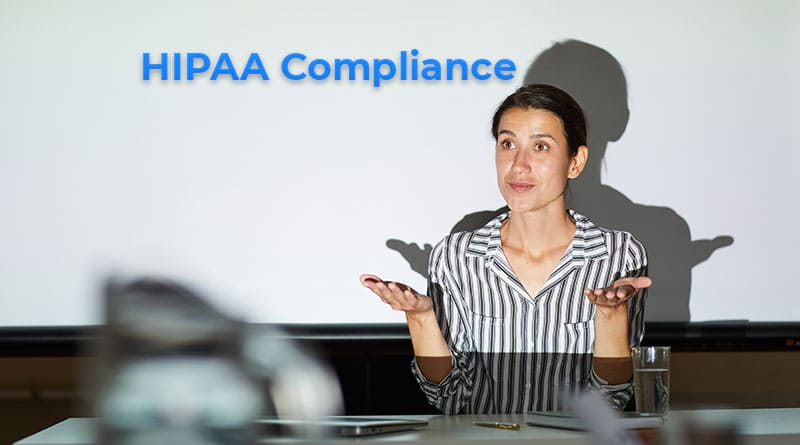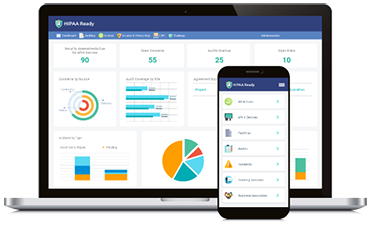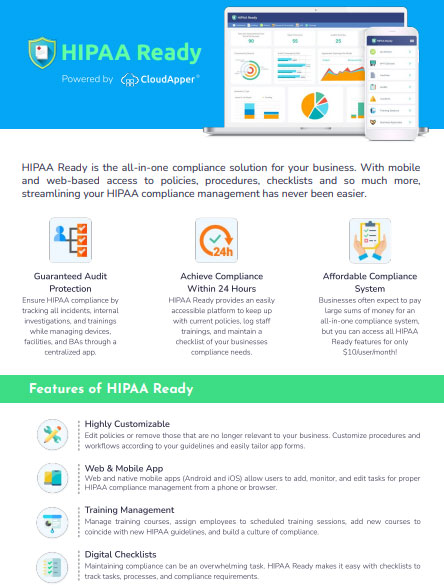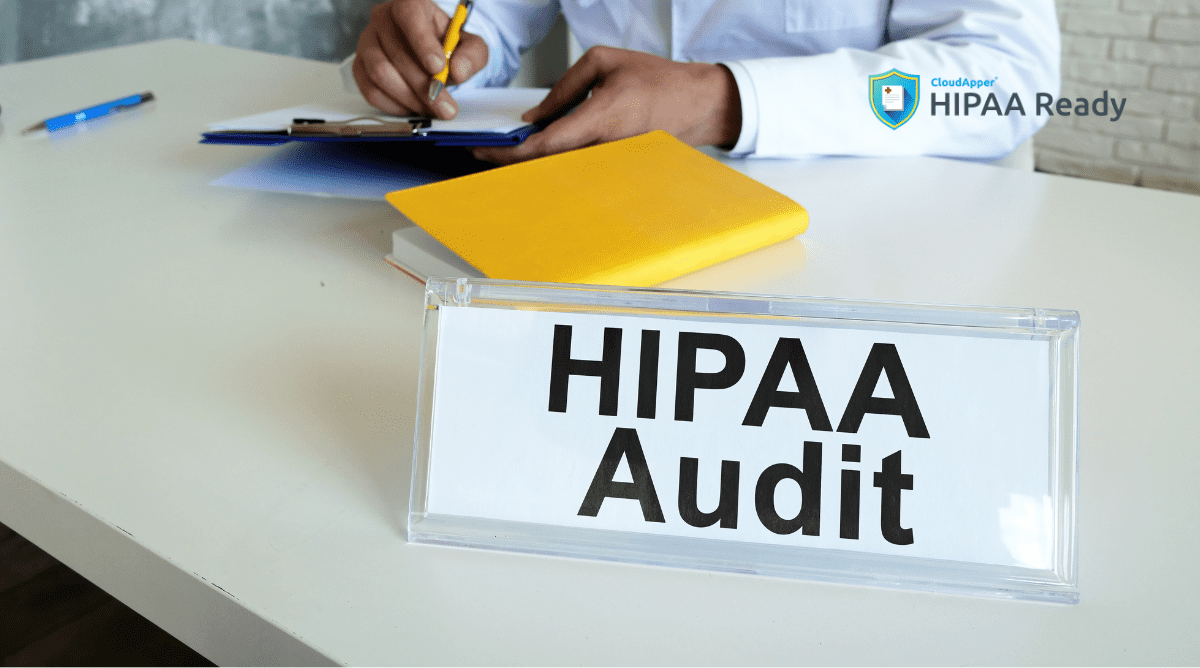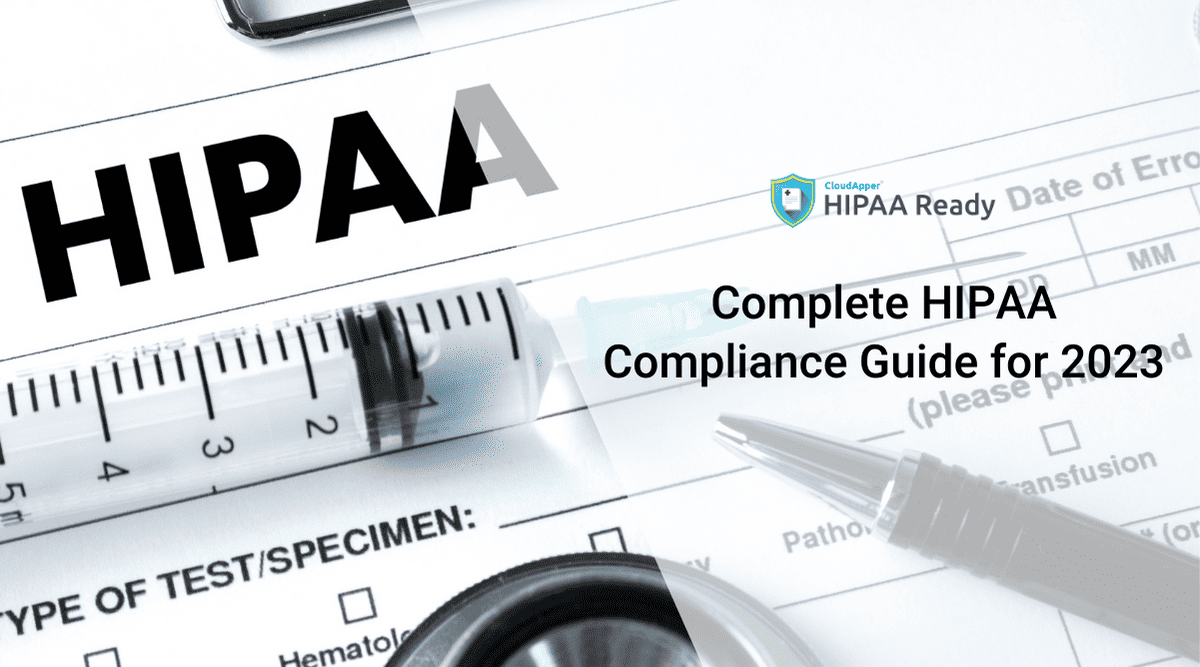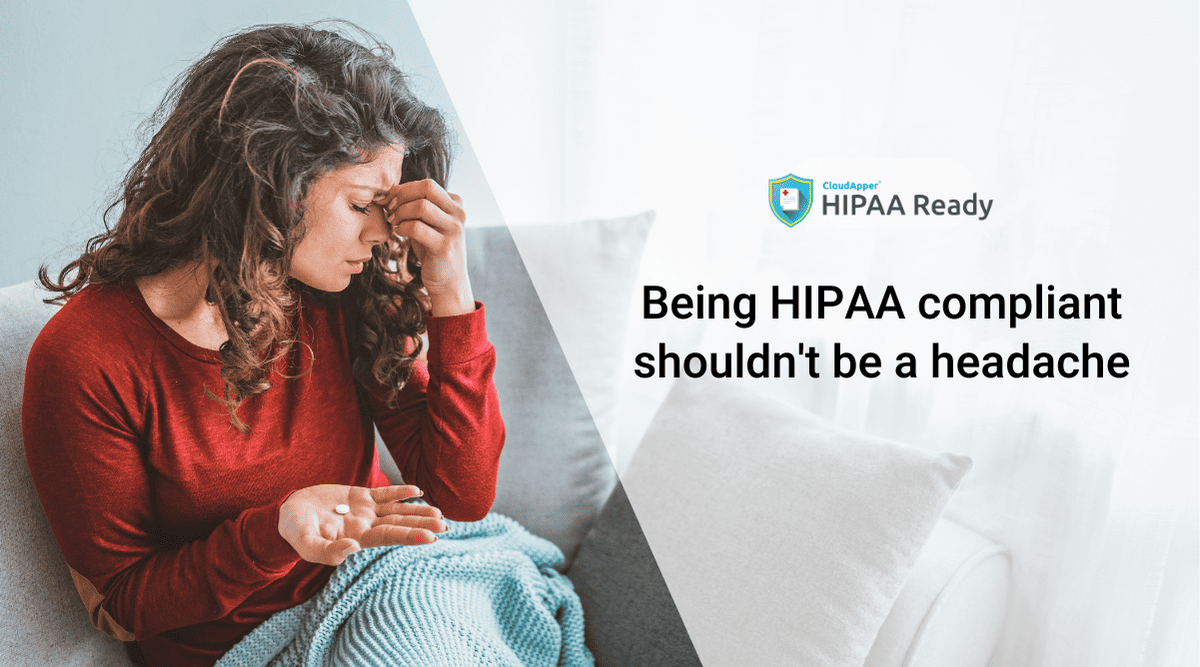Since the establishment of HIPAA, patients, as well as healthcare providers, have benefited in several ways. However, many organizations are still perplexed on how to implement HIPAA compliance efficiently. HIPAA is the acronym for Health Insurance Portability and Accountability Act, which is a law passed by Bill Clinton in 1996.
The federal law requires medical practices and related organizations to safeguard patient’s protected health information by implementing standard technical, physical, and administrative safeguarding measures. Healthcare providers also benefit from these measures, because it minimizes the risk of inadvertent mistakes leading to a violation, potential breach, and misuse of Protected Health Information (PHI).
6 Steps on how to implement HIPAA compliance efficiently:
Appoint a privacy officer and a security officer
The first fundamental step is to assign a privacy officer and a security officer to oversee your HIPAA compliance program. A Privacy Officer will be responsible for overseeing the implementation, development, maintenance, and adherence to the HIPAA Privacy Rule. A security officer will be responsible for overseeing the ongoing management of the organization’s security policies, proceedings, and technical aspects.
Risk assessment
Another fundamental component of how to implement HIPAA compliance effectively is to run a risk assessment from time to time. Risk assessments can help reveal risk areas and vulnerabilities within the organization. Few key steps to help you with risk assessments include:
- Checking all the electronic devices especially those that contain ePHI such as computers, tablets, and smart devices. Ensure security in spaces where PHI is being stored. Additionally, check if adequate security measures and policies are in place for the proper use of PHI and distribution.
- Check for workplace operation vulnerabilities and develop documentation.
- Check for loopholes by conducting a risk assessment in the event of theft or breach of PHI and after a major upgrade of software or hardware.
Developing privacy and security policies and procedures
After conducting your risk assessment, develop privacy and security policies and procedures outlining the important aspect of your HIPAA compliance program. The privacy officer and the security officer will be responsible for ensuring that these policies and procedures are properly upheld, maintained, and updated in case of any changes. The program should clearly indicate directions on how to implement HIPAA compliance efficiently by including fundamental elements of the HIPAA Privacy and Security Rule. Develop documentation for your policies and procedures and make them accessible to the members of your workforce.
Training the members of your workforce on how to implement HIPAA compliance
Often, employees break the HIPAA rules by inadvertently making mistakes or unconsciously sharing sensitive information. Employees to understand how to implement HIPAA compliance efficiently and effectively. They need to understand the importance of the organization’s plan for HIPAA compliance. Annually educate all employees on the rules and regulations of HIPAA, policies, and the procedures that you have implemented, and the importance of provider-patient confidentiality.
Internal monitoring and auditing
This step involves regularly monitoring and updating your security measures on an ongoing basis. It involves the continuous effort of evaluation and assessment to discourage behavior that does not comply with HIPAA and ensure the effectiveness of training and disciplinary actions. Furthermore, it can determine what areas of your compliance program are not working and identify new vulnerabilities that you may not have taken into account previously. With this information, you will be well equipped to enhance your compliance program.
One Solution for your HIPAA compliance program
HIPAA Ready is a robust HIPAA compliance software designed to manage your HIPAA compliance program affordably and effectively. With this application, you can centrally monitor and manage your operations. Features include effective training management, digital checklists of tasks, policy and procedure customization, and many more.
Other than being compliant, healthcare providers also have to keep track of other kinds of strenuous operations such as procurement of materials, nurse staffing, preparing and transmitting claims, and many more. Take assistance from a well-reputed HIPAA compliance management vendor like HIPAA Ready and ease the burden of your practice. An effective HIPAA compliance program should be proactive, responsive, and able to change with the needs of the organization.
What is CloudApper AI Platform?
CloudApper AI is an advanced platform that enables organizations to integrate AI into their existing enterprise systems effortlessly, without the need for technical expertise, costly development, or upgrading the underlying infrastructure. By transforming legacy systems into AI-capable solutions, CloudApper allows companies to harness the power of Generative AI quickly and efficiently. This approach has been successfully implemented with leading systems like UKG, Workday, Oracle, Paradox, Amazon AWS Bedrock and can be applied across various industries, helping businesses enhance productivity, automate processes, and gain deeper insights without the usual complexities. With CloudApper AI, you can start experiencing the transformative benefits of AI today. Learn More
